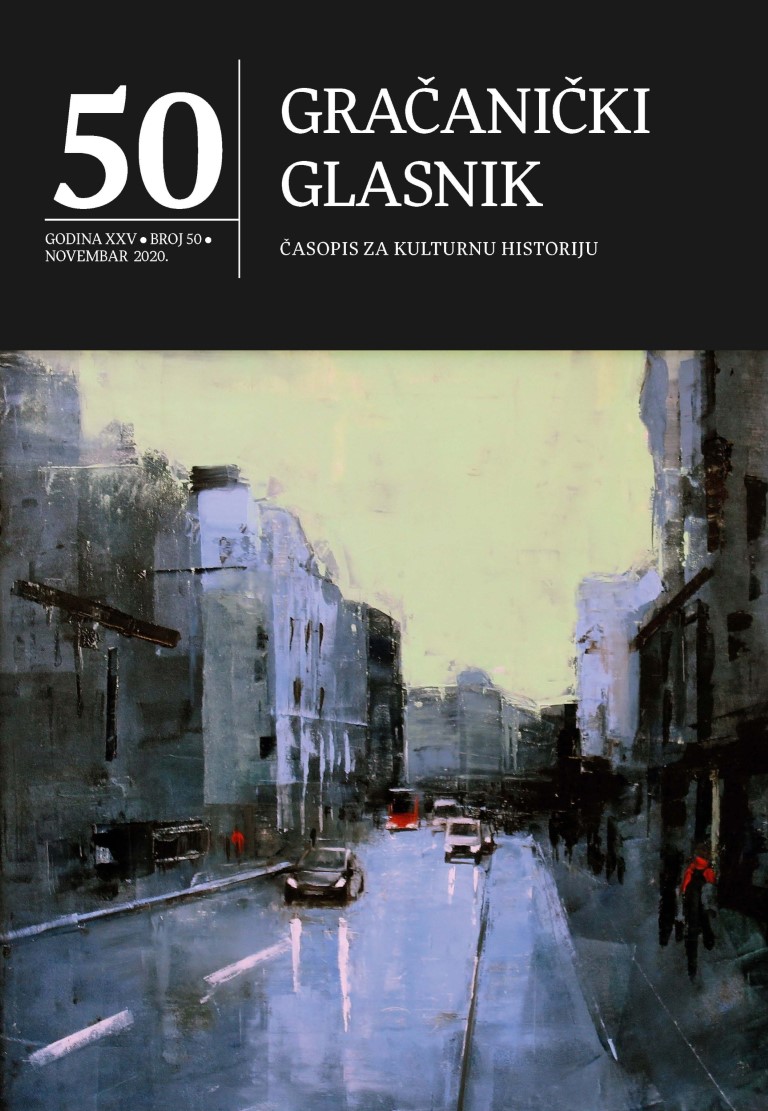Šeh Dedino turbe u selu Čekanići
The “Šeh Dedino turbe” (Mausoleum) in the village Čekanići
Author(s): Edin ŠakovićSubject(s): Local History / Microhistory, Islam studies, 16th Century, 17th Century
Published by: Izdavačka kuća »Monos« d.o.o
Keywords: Čekanići; Šeh Dedino turbe; Šeh Dedo; evlija; "Good"(“dobri”); cult places; oral folk tradition; Sheikh Sinan-baba; dervishes; tekke; Sufism; Islamization
Summary/Abstract: The Šeh Dedino turbe in the village Čekanići near Srebrenik is an old cult place that is well known in the wider area of Northeastern Bosnia. The oral folk tradition concerning Šeh Dedo, who was one of the “good” (“evlija”, wali, God-pleasing) is rich in many details and interesting from a folkloristic aspect, although it follows the usual hagiological patterns of the oral tradition among the Bosniaks, as we find stories about these “good” and awliya’ from many parts of the country. Therefore we cannot take it as something surely grounded in history, although it also contains reflections of memories of some real historical events and processes. Our assumption, based on the analogy with the turbe of Sheikh Sinan-Baba from Gronji Srebrenik and the comparison of oral traditions and historical sources about this wali, is that the person behind the legend of Šeh Deda probably lived in the second half of the 16th or the first half of the 17th century, and that he was active in the area as a dervish, or a sheikh in a tekke. In addition to the turbe and the mosque there is also an enigmatic grave with a stone sarcophagus which the folk tales link to the builder – the waqif of the Mosque.
Journal: Gračanički glasnik - Časopis za kulturnu historiju
- Issue Year: 2020
- Issue No: 50
- Page Range: 47-58
- Page Count: 12
- Language: Bosnian

